Getting drafting right: With current beef prices for winter finishing far from encouraging, farmers should question everything in relation to their business, including the future of finishing animals during winter.
At the moment, there is no incentive to finish animals during the most expensive part of the year. However, efficiency is still key to a profitable business and even more important when margins are tight. If animals are close to finishing at housing, they should be assessed regularly to determine the level of finish to kill them once they become fit. The cost of laying down fat is far in excess of that of laying down muscle so it’s key to draft animals as they become fit.
Taking a typical finishing ration at €260/t and 70DMD silage at €25/t, feed costs will be €2.56/day. If an R= steer at 650kg is gaining 1.1kg a day at a 60% kill-out (higher for final finishing phase), at a base price of €3.75/kg, it will gross €2.60/day, so good performance is key to avoiding heavy losses.
Regular weighing will also help determine whether animals are falling off in terms of weight gain coming close to finishing. Steers and heifers should be handled around the tail, rib and loin. You can’t beat getting your hand on them. Making a note of your assessment and visiting the plant to compare your results can be a worthwhile exercise in training your eye. Assessing fat cover on bulls is a little more difficult and the areas that should be looked at are around the codd area and at the tail head. Diet will affect the fat deposition on an animal. The energy content of the feed and the level of supplementation is critical.
Clipping cattle: It is a good practice to clip cattle along the back and tail just after housing, especially in weanlings or intensively fed cattle. It helps to keep animals cooler and reduces heat stress in a heavily stocked shed.
Clipping should be carried out a few weeks after cattle have been housed to keep stress to a minimum. It requires good handling facilities to make sure cattle are properly secured. When clipping, the more hair removed from the animal’s back the better. Taking at least three runs either side of the spine will help to reduce sweating when housed. You should also try to clip around the head and neck. Trimming the tail may help keep cattle cleaner. Clipping will also help reduce the incidence of lice and makes a lice treatment application easier. On some farms, a second lice treatment will be needed later on during the housing period.
Clean water: With slurry storage at a premium on many farms, especially in the west, making sure clean water is diverted away from tanks this winter is a must. Take a look at gutters and downpipes and make sure none of this water is entering a tank. Large roofs can collect a huge amount of water and tanks can fill quickly if water is diverted the wrong way. If animals are standing on a yard area, this water must be collected but if, for example, a yard area has been washed down and is out of use for the winter, this clean water can be diverted away from tanks.




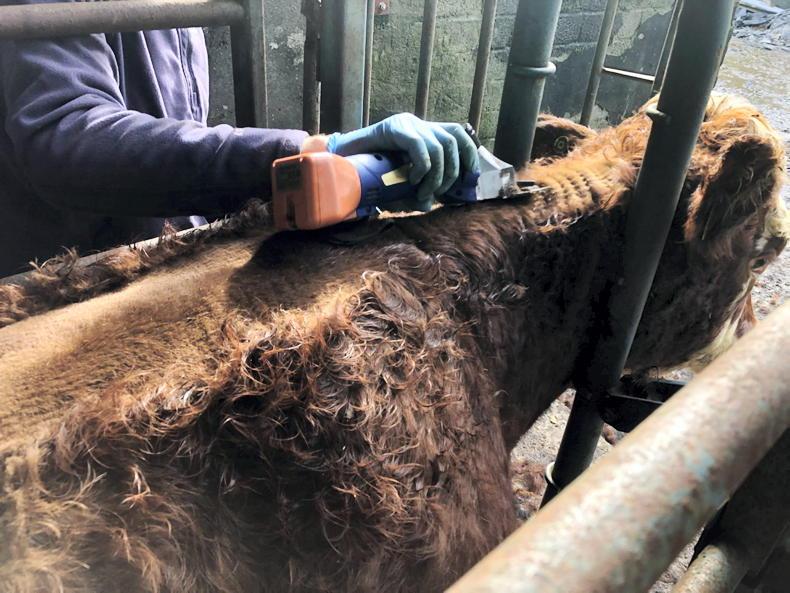
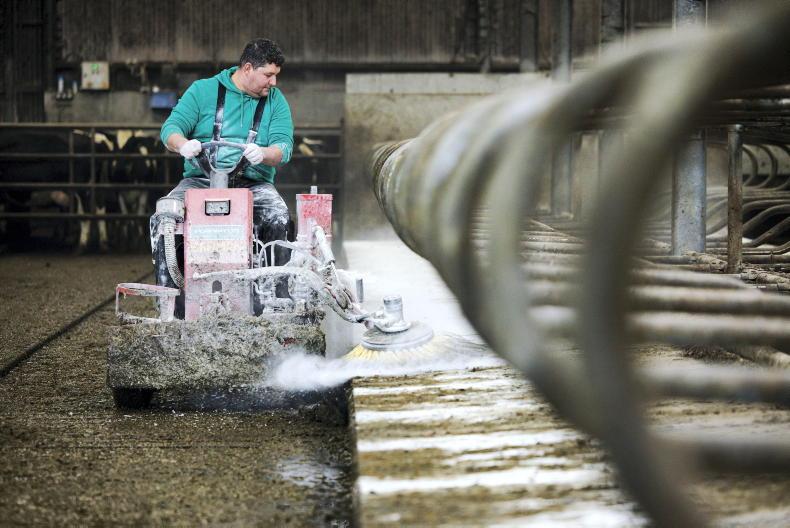

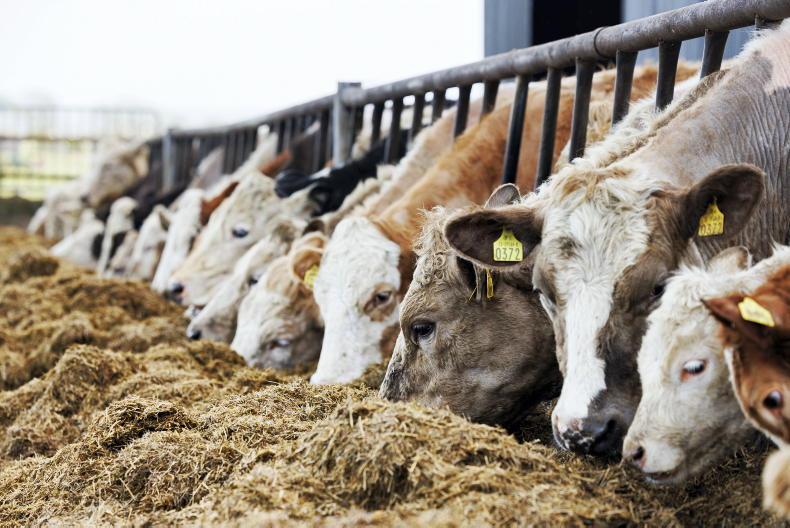
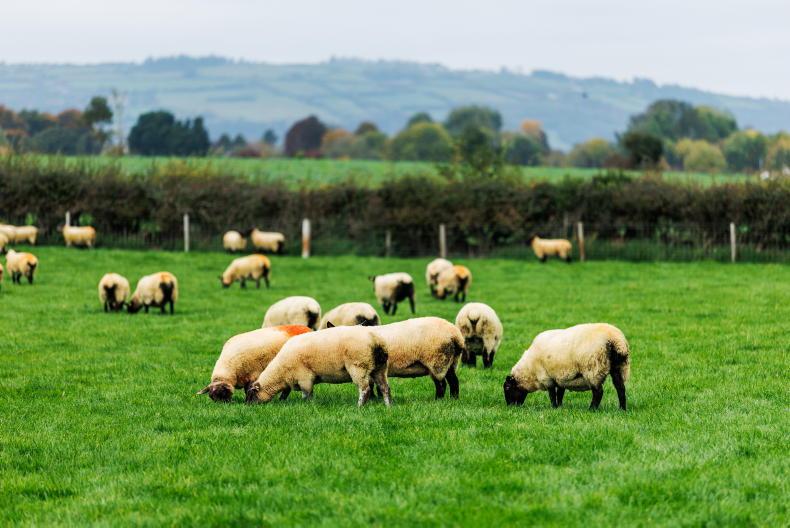
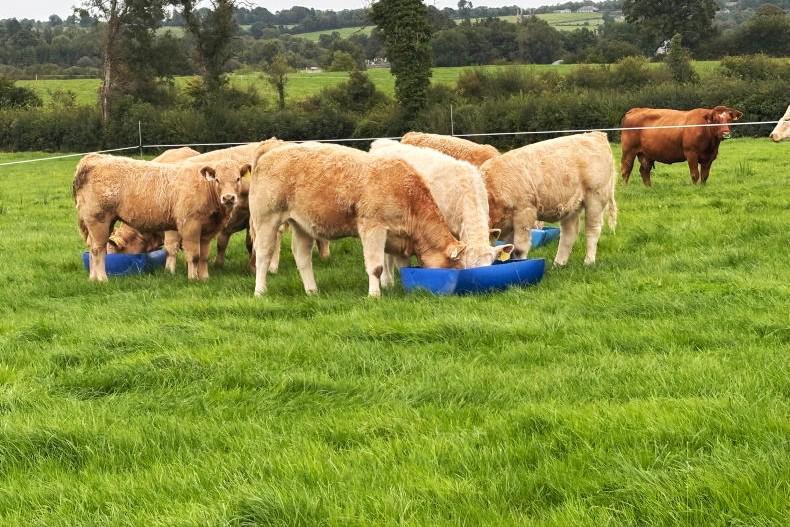
SHARING OPTIONS